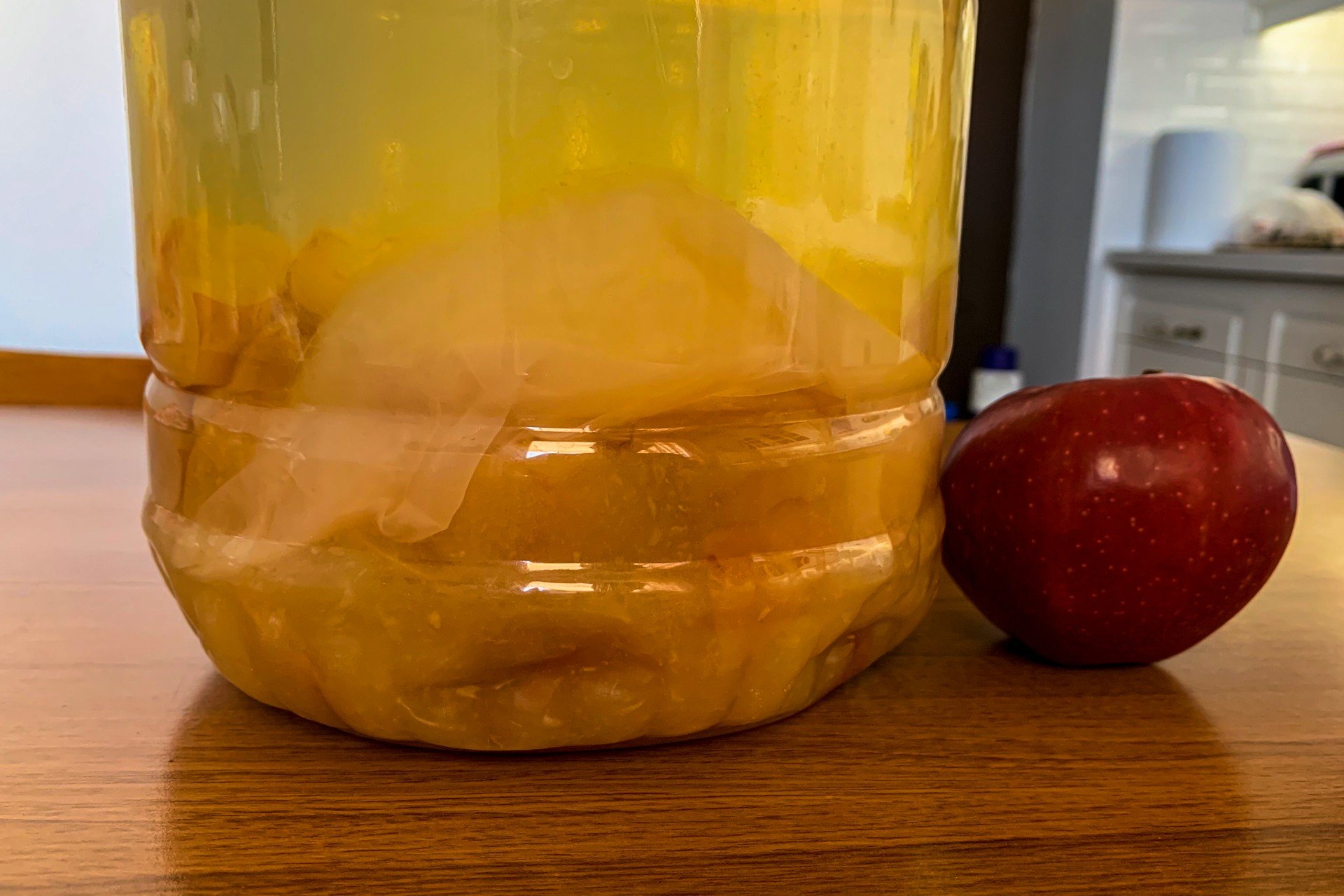

Articles
How To Store Vinegar Mother
Modified: December 7, 2023
Learn the best methods for storing vinegar mother in this informative article. Keep your vinegar culture healthy and thriving with our expert tips and tricks.
(Many of the links in this article redirect to a specific reviewed product. Your purchase of these products through affiliate links helps to generate commission for Storables.com, at no extra cost. Learn more)
Introduction
Welcome to the world of vinegar making! If you’re a fan of homemade vinegar or enjoy experimenting with fermenting foods, you may already be familiar with the term “vinegar mother”. The mother is a natural byproduct of the fermentation process that turns alcohol into vinegar, and it plays a crucial role in maintaining the quality and flavor of homemade vinegar.
In order to ensure the longevity and effectiveness of your vinegar mother, proper storage is essential. This article will guide you through the steps of storing vinegar mother, from understanding its importance to choosing the right container and implementing the best practices for long-lasting storage.
By following these guidelines, you’ll be able to maintain a healthy and active vinegar mother, allowing you to continue making delicious homemade vinegar for years to come.
Key Takeaways:
- Proper storage of vinegar mother is crucial for maintaining its health and effectiveness in the fermentation process. Understanding its role and following best practices ensures the production of high-quality homemade vinegar for years to come.
- Choosing the right container, cleaning and preparing it, and monitoring the vinegar mother’s progress are essential steps for successful vinegar-making. Troubleshooting common issues and staying attentive throughout the process lead to improved skills and flavorful homemade vinegar.
Understanding Vinegar Mother
Before diving into the storage process, it’s important to have a clear understanding of what vinegar mother is and its significance in the vinegar-making process. Simply put, vinegar mother is a collection of bacteria and yeast that forms a slimy, gelatinous substance on the surface of fermenting vinegar.
The mother is responsible for converting alcohol into acetic acid, the main component of vinegar that gives it its tangy, acidic taste. It accomplishes this through a process called acetobacter fermentation. This natural fermentation process can take several weeks to several months, depending on various factors such as temperature and ingredients used.
As the mother develops, it creates a cellulose structure that floats on top of the vinegar solution. This structure acts as a protective layer and plays a crucial role in maintaining the acidity and flavor of the vinegar. It also helps to prevent contamination and unwanted growth of other microorganisms.
When it comes to storing vinegar mother, it’s vital to provide the right environment to ensure its survival and continued fermentation activity. By understanding the importance of the mother and its role in vinegar making, you can make informed decisions about proper storage practices.
Importance of Proper Storage
Proper storage of vinegar mother is crucial for maintaining its health and effectiveness. The way you store the mother can directly impact its fermentation activity, longevity, and the quality of the vinegar it produces. Here are a few key reasons why proper storage is important:
1. Preserving Fermentation Activity: The mother contains the necessary bacteria and yeast for converting alcohol into vinegar. By storing it correctly, you can ensure that the fermentation process continues uninterrupted, allowing for the production of high-quality vinegar.
2. Maintaining Acidity and Flavor: The cellulose structure of the mother helps maintain the acidity and flavor profile of the vinegar. Proper storage prevents the mother from drying out or becoming contaminated, which can compromise the taste and quality of the vinegar.
3. Preventing Contamination: Vinegar mother is vulnerable to contamination from other microorganisms that can interfere with the fermentation process. Proper storage helps minimize the risk of contamination, allowing the mother to thrive and produce vinegar without unwanted flavors or odors.
4. Ensuring Longevity: With proper storage, you can extend the lifespan of your vinegar mother. This means you can continue to make homemade vinegar for an extended period, reducing the need to start the fermentation process from scratch.
5. Cost-Efficiency: By storing vinegar mother properly, you can avoid waste and the need to constantly purchase new starters. This saves you money in the long run and allows you to maintain a sustainable vinegar-making practice.
By recognizing the importance of proper storage, you are taking the necessary steps to ensure the longevity and functionality of your vinegar mother, resulting in consistent, high-quality homemade vinegar.
Choosing the Right Container
When it comes to storing vinegar mother, selecting the right container is crucial. The container you choose should provide a suitable environment for the mother to thrive, while also allowing for easy monitoring and maintenance. Here are some factors to consider when choosing a container:
1. Material: It is important to choose a non-reactive material for the container to prevent any interaction between the vinegar and the container. Glass, ceramic, or food-grade plastic containers are suitable options.
2. Size: Select a container that is large enough to comfortably accommodate the mother and the vinegar solution it floats in. Avoid using a container that is too small, as it may restrict the growth and movement of the mother.
3. Lid or Cover: Choose a container with a tight-fitting lid or cover to prevent air exposure and keep out any contaminants. This will help maintain the optimal environment for the vinegar mother.
4. Transparent or Opaque: While either option can work, a transparent container allows you to easily observe the progress and activity of the vinegar mother. If using an opaque container, make sure you have a way to periodically check on the mother without disturbing the vessel.
5. Easy to Clean: Opt for a container that is easy to clean and sanitize. Regular cleaning helps prevent the buildup of any residue or contaminants that could affect the vinegar mother.
Remember, the container you choose should provide a stable and secure environment for the vinegar mother. It is best to dedicate a container solely for vinegar-making purposes to avoid any cross-contamination with other substances or flavors.
By selecting the right container, you set the foundation for proper vinegar mother storage and ensure an optimal environment for the fermentation process to thrive.
Cleaning and Preparing the Container
Before transferring your vinegar mother to a new container for storage, it is crucial to clean and prepare the container properly. This step helps to remove any potential contaminants, ensuring a clean and sanitary environment for the mother to thrive. Here are some steps to follow:
1. Wash with Hot, Soapy Water: Start by washing the container with hot, soapy water. Use a mild, unscented dish soap to ensure no residue or fragrance is left behind. Thoroughly scrub all surfaces of the container, including the lid or cover.
2. Rinse Thoroughly: After washing, rinse the container with hot water to remove any soap residue. Make sure you rinse it well, ensuring all traces of soap are gone.
3. Sanitize: To further eliminate any potential contaminants, sanitize the container. You can use a solution of one part vinegar to three parts water, or a food-safe sanitizer. Apply the sanitizer to the interior of the container, ensuring it comes into contact with all surfaces. Let it sit for a few minutes, then rinse thoroughly.
4. Air Dry or Use Clean Towel: After sanitizing, let the container air dry completely. If you prefer, you can also use a clean towel to dry it. Make sure the container is completely dry before proceeding to transfer the vinegar mother.
5. Sanitize Hands and Tools: It is also important to sanitize your hands and any tools you will be using during the transfer process. Wash your hands thoroughly with soap and water and use rubbing alcohol or a sanitizer on any utensils or instruments you will be using.
By following these steps, you ensure that the container is properly cleaned and prepared for the vinegar mother. This reduces the risk of contamination and provides an optimal environment for the mother to flourish. Remember to always maintain good hygiene practices throughout the vinegar-making process.
Read more: How To Make Mother’s Day Gift Baskets
Transferring Vinegar Mother
Once you have cleaned and prepared your container, it’s time to transfer the vinegar mother. This step is crucial to ensure the continued fermentation process and to provide the mother with a suitable environment. Follow these steps for a successful transfer:
1. Gently Stir the Vinegar Solution: Give the vinegar solution a gentle stir to evenly distribute the mother throughout the liquid. This helps ensure that the mother is spread out and not clumped together.
2. Use a Clean Utensil: To prevent contamination, use a clean utensil, such as a stainless steel spoon or a silicone spatula, to carefully lift the mother from the original container. Avoid using any utensils made of reactive materials like aluminum or copper, as they can interfere with the fermentation process.
3. Transfer the Mother: Place the vinegar mother gently into the prepared storage container. Take care to avoid any splashing or spills.
4. Retrieve Remaining Vinegar Solution: Using the same clean utensil, carefully transfer the remaining vinegar solution from the original container to the storage container. Ensure that the solution covers the mother and maintains the desired level of acidity.
5. Leave Space: Make sure to leave some headspace at the top of the container to allow for any expansion during fermentation. This is particularly important if you are using a container with a tight-fitting lid.
6. Seal the Container: Securely seal the container with its lid or cover. Ensure that it is tightly closed to prevent any air exposure.
Remember to work in a clean and well-ventilated area during the transfer process. Avoid introducing any foreign substances or contaminants into the container to maintain the integrity of the vinegar mother.
By following these steps, you can successfully transfer the vinegar mother to its new storage container, providing it with the optimal conditions for continued fermentation and vinegar production.
Store vinegar mother in a glass jar with a tight-fitting lid, away from direct sunlight and extreme temperatures. Keep it at room temperature and periodically check for any signs of mold or spoilage.
Adding the Vinegar Solution
After transferring the vinegar mother to the storage container, the next step is to add the vinegar solution. This solution provides the necessary liquid for the mother to float in and continue the fermentation process. Follow these steps to add the vinegar solution:
1. Choose the Right Vinegar: Select a vinegar solution that is suitable for your desired vinegar-making process. This can include raw apple cider vinegar, red wine vinegar, white wine vinegar, or any other vinegar that is unpasteurized and contains the “mother” culture. Alternatively, you can use a homemade vinegar solution from a previous batch.
2. Measure the Vinegar Solution: Determine the amount of vinegar solution needed based on the size of the storage container and the level of acidity desired. The vinegar solution should cover the vinegar mother completely, allowing it to float without exposure to air.
3. Pour the Vinegar Solution: Slowly pour the measured vinegar solution into the storage container, ensuring that it completely covers the vinegar mother. Take care to avoid any spills or splashing.
4. Maintain the Desired Acidity: Depending on your vinegar-making process, you may want to maintain a specific acidity level. If necessary, you can measure the acidity of the vinegar solution using a pH testing kit or a pH meter. Adjust the acidity by adding more vinegar or diluting with water if needed.
5. Leave Headpace: Just as with transferring the vinegar mother, it is important to leave some headspace in the container to allow for expansion during fermentation. This will help prevent any overflow or pressure buildup.
6. Seal the Container: Securely seal the container with its lid or cover, making sure it is tightly closed to prevent air exposure.
By adding the vinegar solution to the storage container, you provide the necessary liquid for the vinegar mother to continue the fermentation process. This step allows the vinegar mother to thrive and start the conversion of alcohol into vinegar, resulting in the tangy, acidic flavor we love in homemade vinegar.
Sealing and Storing the Container
Once you have added the vinegar solution to the storage container, it’s time to seal the container and store it properly. This step is crucial for providing the ideal environment for the fermentation process to take place and ensuring the longevity of the vinegar mother. Follow these guidelines for sealing and storing the container:
1. Tightly Seal the Container: Ensure that the container is securely sealed with its lid or cover. This will help prevent any air exposure and maintain a consistent environment for the vinegar mother.
2. Choose a Storage Location: Find a suitable location to store the container away from direct sunlight. Sunlight can negatively affect the flavor and quality of the vinegar. Ideally, choose a cool, dark place such as a pantry or cupboard.
3. Maintain Consistent Temperature: Aim for a consistent temperature range for optimal fermentation. The ideal temperature range for vinegar fermentation is typically between 60°F (15°C) and 80°F (27°C). Fluctuating temperatures can disrupt the fermentation process, so aim to store the container in a place where the temperature remains relatively stable.
4. Avoid Disturbances: Once the container is sealed and stored, it’s best to avoid unnecessary movements or disturbances. Vibrations or disturbances may disrupt the fermentation process or cause the mother to settle at the bottom of the container.
5. Keep Track of Time: Make a note of the date when you sealed the container for future reference. This will help you track the fermentation progress and determine when the vinegar is ready for use or further aging.
6. Check Periodically: While it’s important to avoid unnecessary disturbances, it’s also essential to periodically check on the container. This allows you to monitor the progress of the fermentation and ensure that there are no issues such as mold growth or off-putting odors.
By sealing and storing the container properly, you maintain a favorable environment for the vinegar mother to thrive and continue the fermentation process. Proper storage conditions help ensure the production of high-quality homemade vinegar with the desired flavor and acidity levels.
Monitoring the Mother
Once the container is sealed and the vinegar mother is stored, it’s important to regularly monitor its progress and health. This allows you to ensure that the fermentation process is proceeding smoothly and address any potential issues promptly. Here are some key factors to consider when monitoring the vinegar mother:
1. Observation: Take the time to periodically observe the mother and the vinegar solution. Look for any changes in color, texture, or appearance. The mother should maintain a slimy, gelatinous consistency and a whitish or translucent color. If you notice any unusual discoloration, mold growth, or foul odors, it may indicate a problem and further attention may be required.
2. Poking Test: Place a clean utensil, such as a stainless steel spoon, gently into the container and touch the vinegar mother. It should feel firm and resilient. If it feels mushy, slimy, or disintegrates easily, there may be an issue with the mother’s health. In such cases, research or consult a vinegar-making expert to determine the best course of action.
3. Smell Test: Occasionally give the vinegar solution a gentle sniff. It should have a distinct vinegar aroma, tangy and acidic. If you detect any off-putting, moldy, or foul odors, it may indicate spoilage or contamination. Address the issue promptly by consulting resources or seeking guidance from experienced vinegar makers.
4. Activity of the Mother: Keep an eye on the activity of the vinegar mother. Over time, you may notice the formation of new layers or a decrease in the size of the existing mother. These are normal signs of the vinegar-making process. However, if the mother appears to be shrinking significantly or stops showing any signs of activity, it may indicate an issue that needs attention.
5. pH Testing: Periodically measure the pH level of the vinegar solution using a pH testing kit or a pH meter. The desired pH range for vinegar fermentation is typically between 2.5 and 3.5, depending on the type of vinegar you are making. Adjust the acidity level if necessary by adding more vinegar or diluting with water.
6. Record Keeping: Maintain a record of observations, measurements, and any changes you notice during the monitoring process. This information will be helpful for troubleshooting or making adjustments to the vinegar-making process in the future.
Regular monitoring allows you to intervene promptly if any issues arise during the fermentation process. By staying vigilant and attentive, you can ensure the health and vitality of the vinegar mother, leading to the production of high-quality homemade vinegar.
Read more: How To Store Vinegar
Troubleshooting Tips
While vinegar making can be a rewarding and enjoyable process, it’s not uncommon to encounter some challenges along the way. Here are some troubleshooting tips to help address common issues that may arise when storing and fermenting vinegar mother:
1. Unusual Odors: If you notice any strange or foul odors, it may indicate contamination or spoilage. This could be caused by improper sanitation or exposure to harmful bacteria. In such cases, it’s best to discard the vinegar solution and start fresh with a new batch of vinegar mother.
2. Mold Growth: If you spot mold growing on the surface of the vinegar solution or on the vinegar mother, it is a sign of contamination. Remove the affected portion immediately and discard it. Take extra precautions in sanitizing containers and utensils to prevent future mold growth.
3. Slow Fermentation: If the fermentation process seems to be progressing slowly or has come to a halt, there can be several factors at play. Review the temperature, acidity levels, and hygiene practices. Adjusting these factors may help kickstart the fermentation process again.
4. Weak Acidity: If the resulting vinegar has a weak acidity level or lacks the desired tanginess, it might require additional time for fermentation. Let the vinegar mother continue fermenting under proper conditions. Monitor the pH levels and periodically taste the vinegar to determine when it reaches the desired acidity.
5. Vinegar Mother Breaks Apart: Occasionally, the vinegar mother can break apart or dissolve over time. While this is not ideal, it does not necessarily mean the end of the vinegar-making process. You can continue fermenting with the dissolved mother, or you may opt to start fresh with a new vinegar mother.
6. Poor Flavor: If the resulting vinegar has an undesirable flavor or off-putting characteristics, it may be due to the quality of the vinegar mother or the vinegar solution used. Pay attention to the ingredients and quality of the components you are using, and consider sourcing high-quality vinegar mother or starting with a different vinegar base.
7. Temperature Fluctuations: Fluctuations in temperature can have an impact on the fermentation process. Extreme heat or cold can disrupt the activity of the vinegar mother. Ensure that the storage location remains consistent in temperature to support a stable fermentation environment.
Remember, troubleshooting vinegar-making issues may require experimentation and adaptability. As you gain experience, you will become more familiar with the process and better equipped to address any challenges that arise. Don’t be discouraged by setbacks; view them as opportunities to refine and improve your vinegar-making skills.
Conclusion
Storing vinegar mother properly is essential for maintaining its health and effectiveness in the fermentation process. By following the steps outlined in this article, you can ensure that your vinegar mother thrives and continues to produce high-quality homemade vinegar.
Understanding the role of vinegar mother in the fermentation process allows you to appreciate its significance and take the necessary steps to provide an optimal storage environment. Choosing the right container, cleaning and preparing it appropriately, and transferring the vinegar mother with care are crucial to its longevity and fermentation activity.
Adding the vinegar solution to the container and sealing it tightly create an environment conducive to the conversion of alcohol into vinegar. Monitoring the mother regularly, observing its appearance and activity, and taking pH measurements allow you to address any issues that may arise during the fermentation process.
In the event of troubleshooting, be prepared to make adjustments and improvements along the way. Mold growth, unusual odors, slow fermentation, or weak acidity are common challenges that can be addressed through proper sanitation and adjustment of temperature and acidity levels.
Remember, making homemade vinegar requires patience and attentiveness. Each batch is a learning experience, and with practice, you will become more knowledgeable and skilled in the art of vinegar making.
So, take what you’ve learned from this article, embark on your vinegar-making journey, and enjoy the process of creating your own tangy, flavorful homemade vinegar with the help of your well-stored vinegar mother.
Frequently Asked Questions about How To Store Vinegar Mother
Was this page helpful?
At Storables.com, we guarantee accurate and reliable information. Our content, validated by Expert Board Contributors, is crafted following stringent Editorial Policies. We're committed to providing you with well-researched, expert-backed insights for all your informational needs.
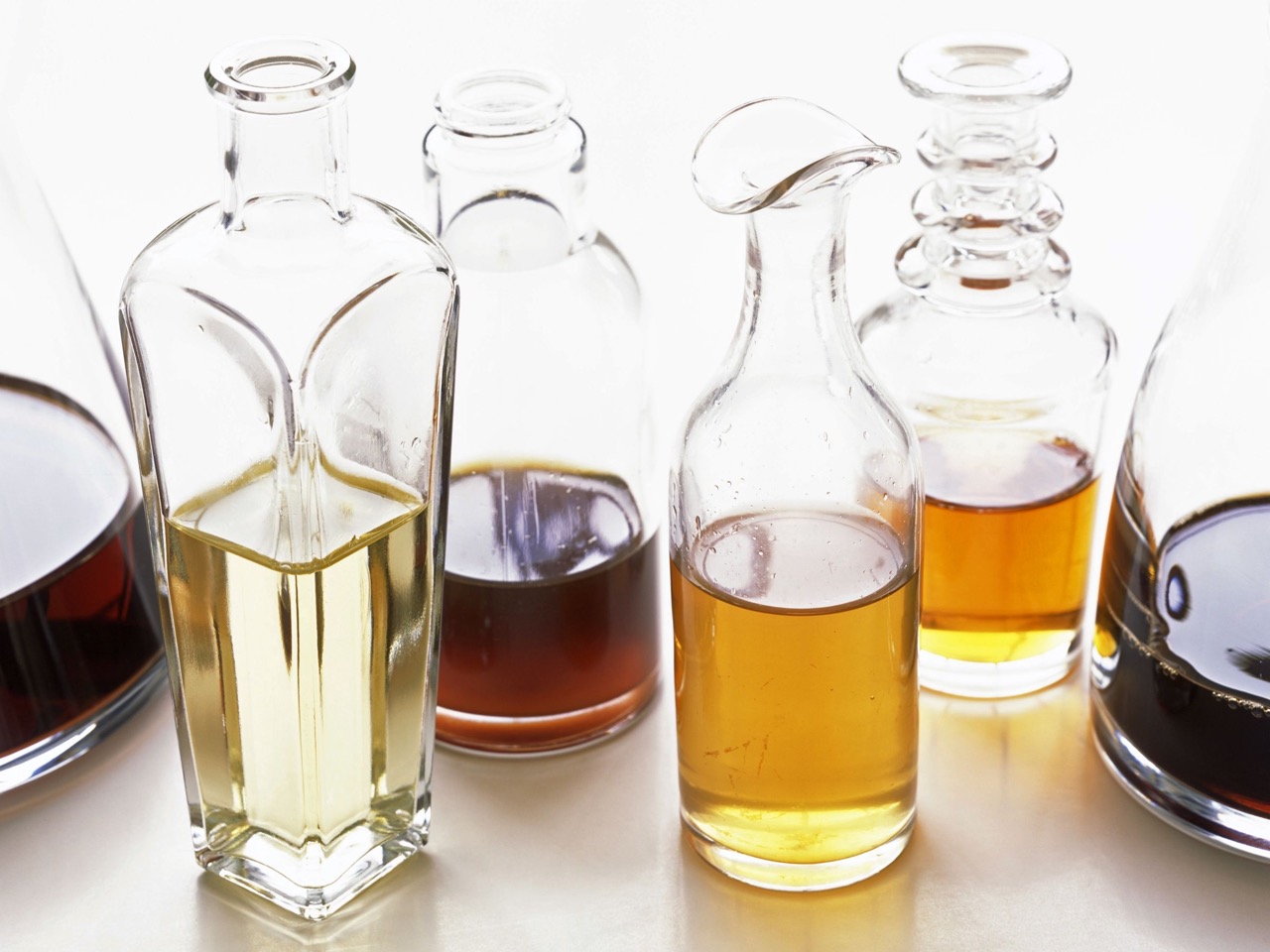
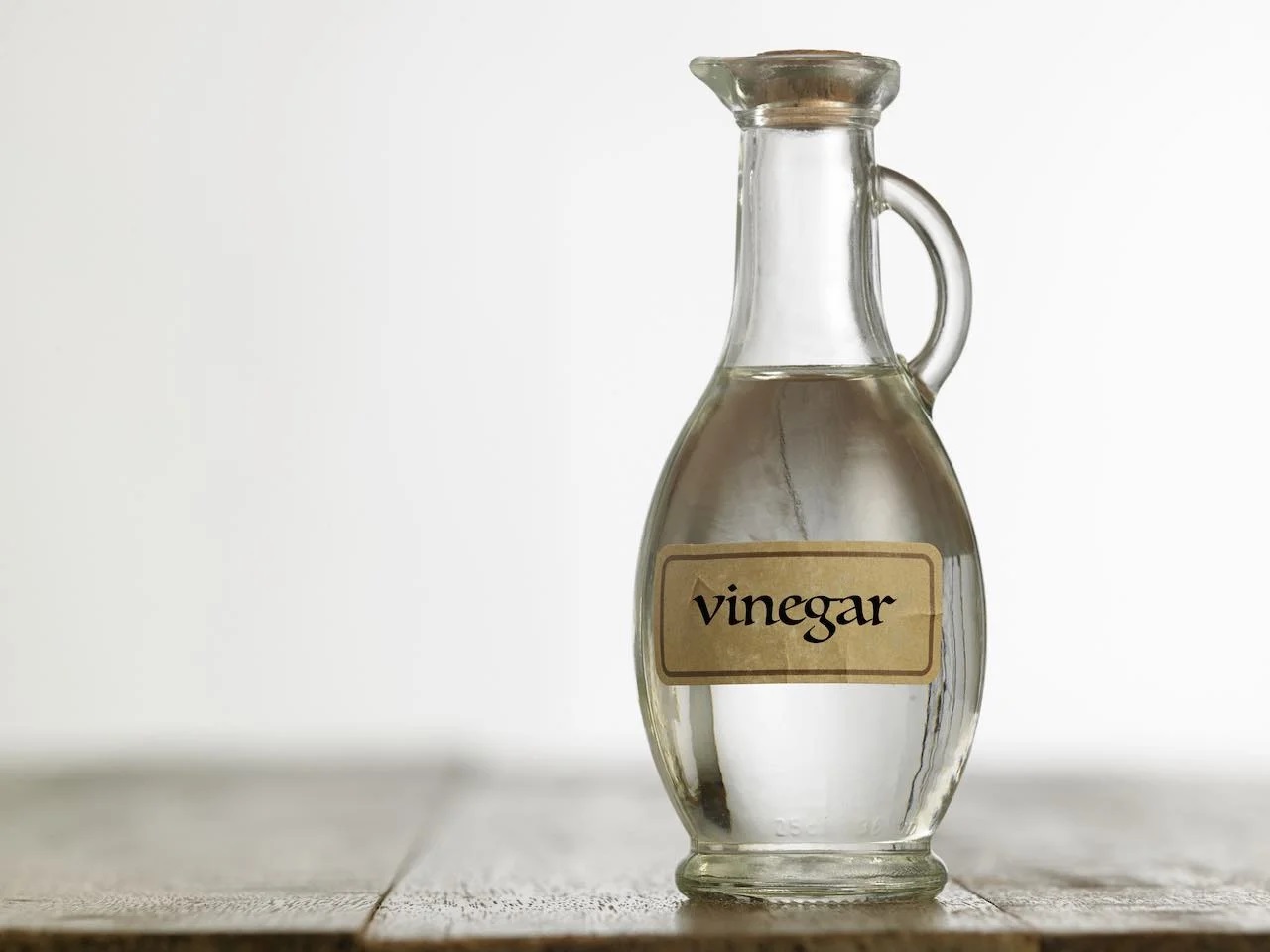
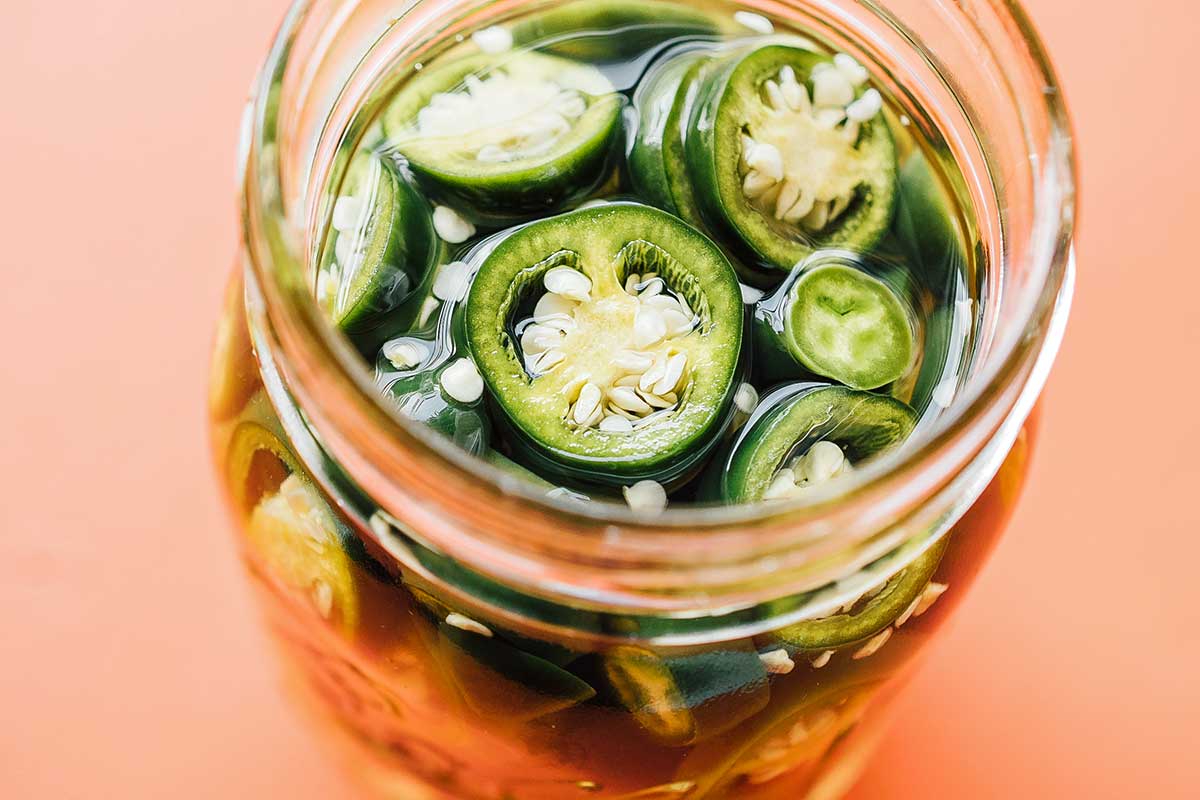
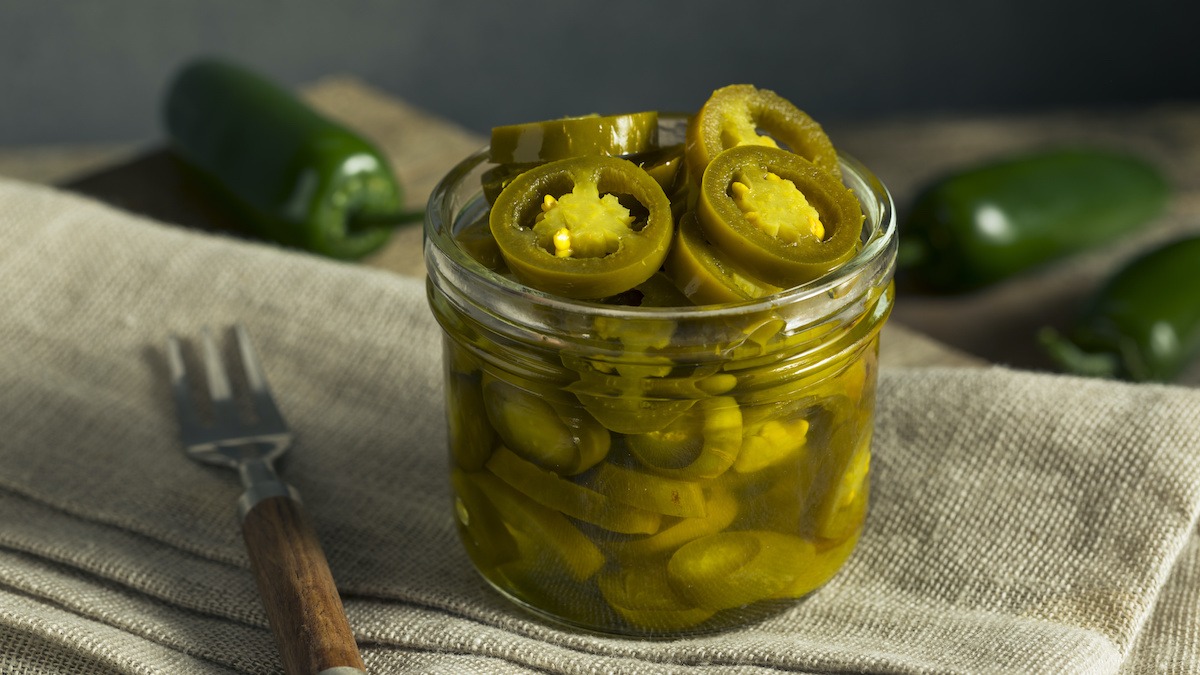
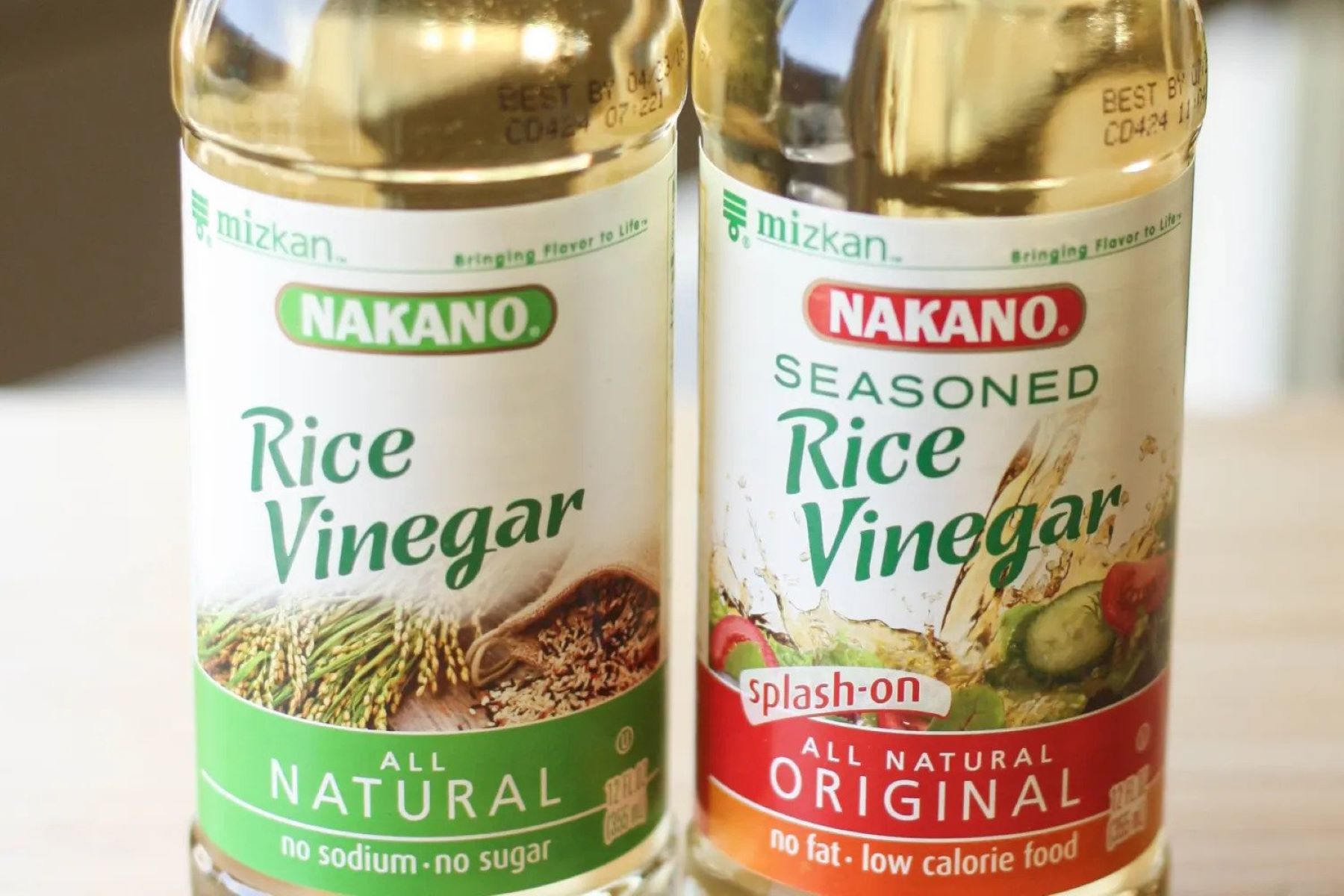
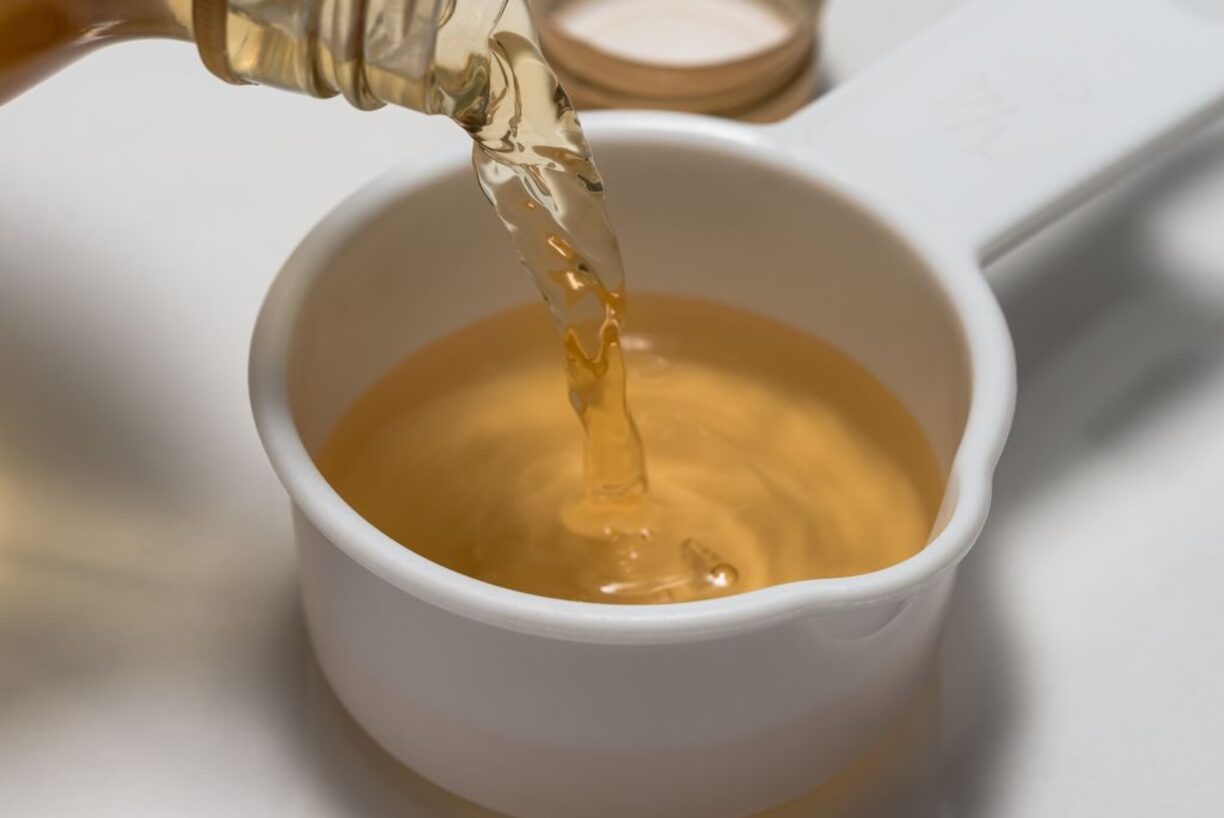
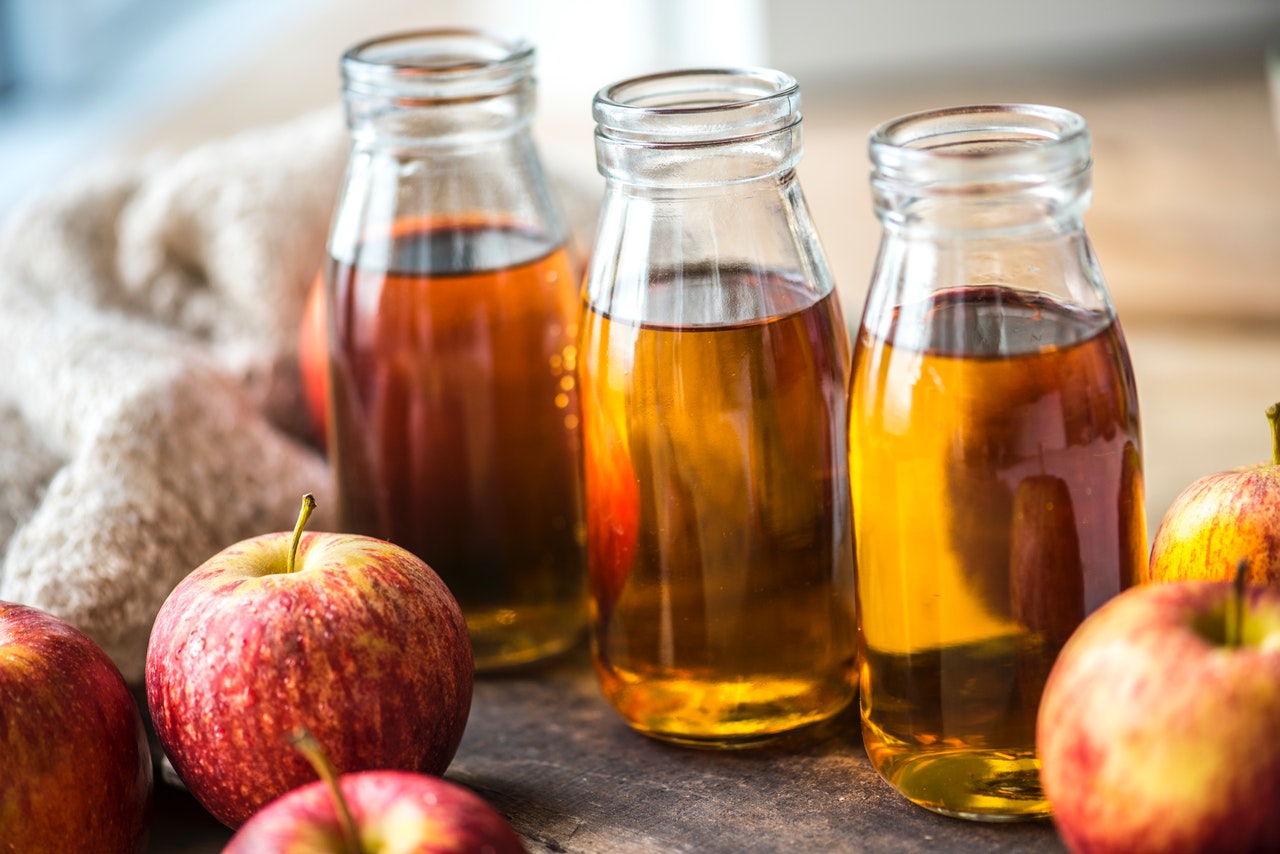
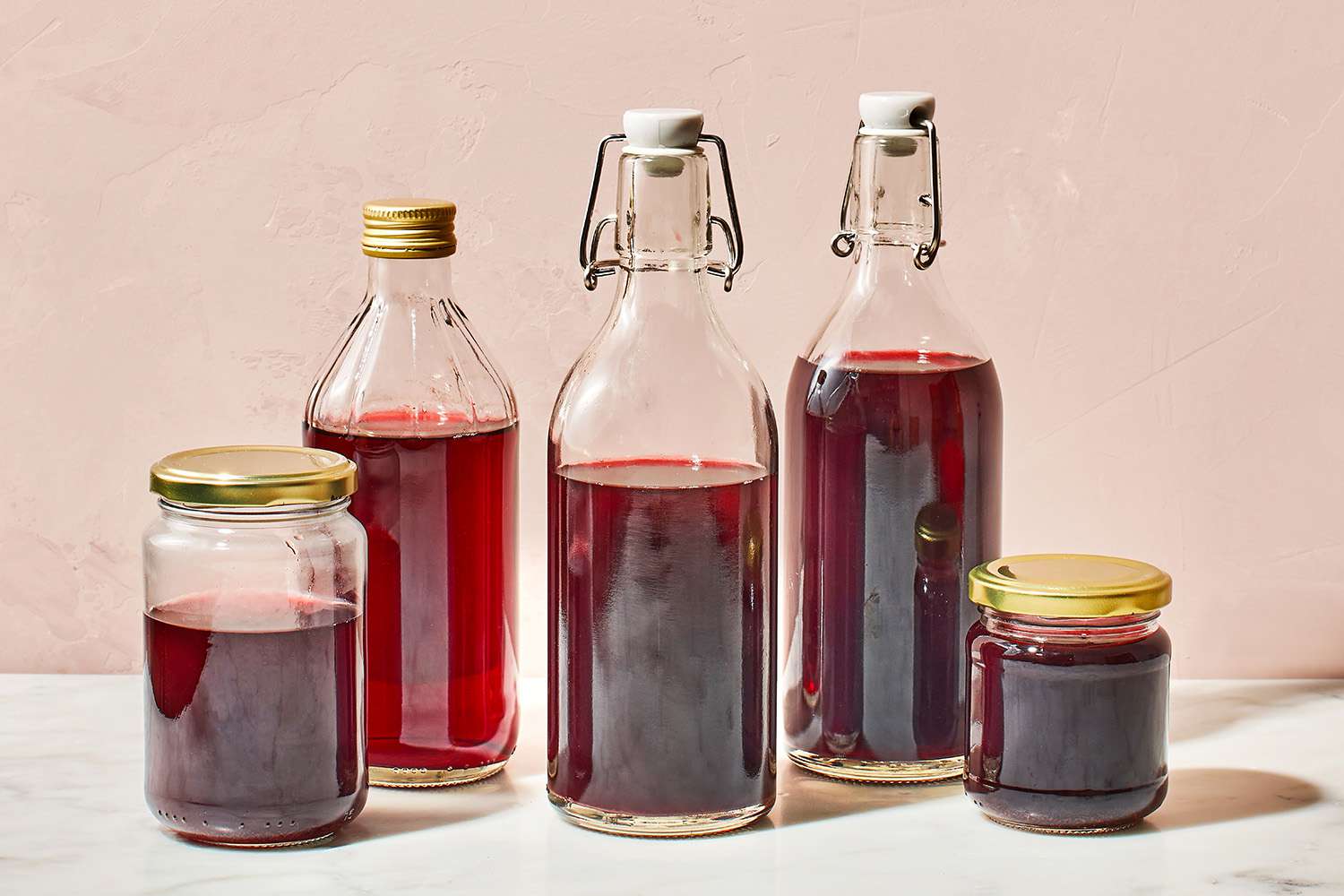
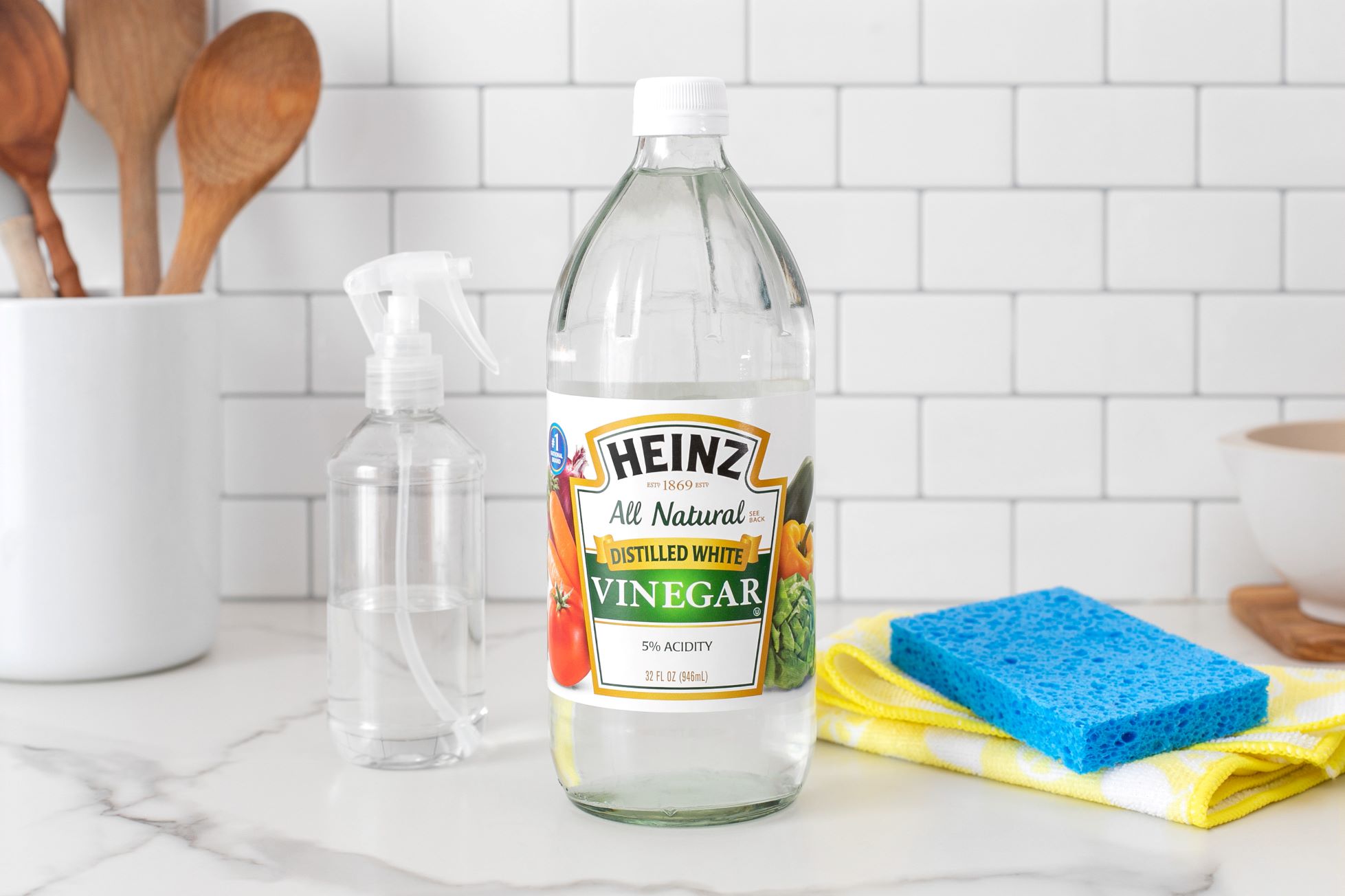
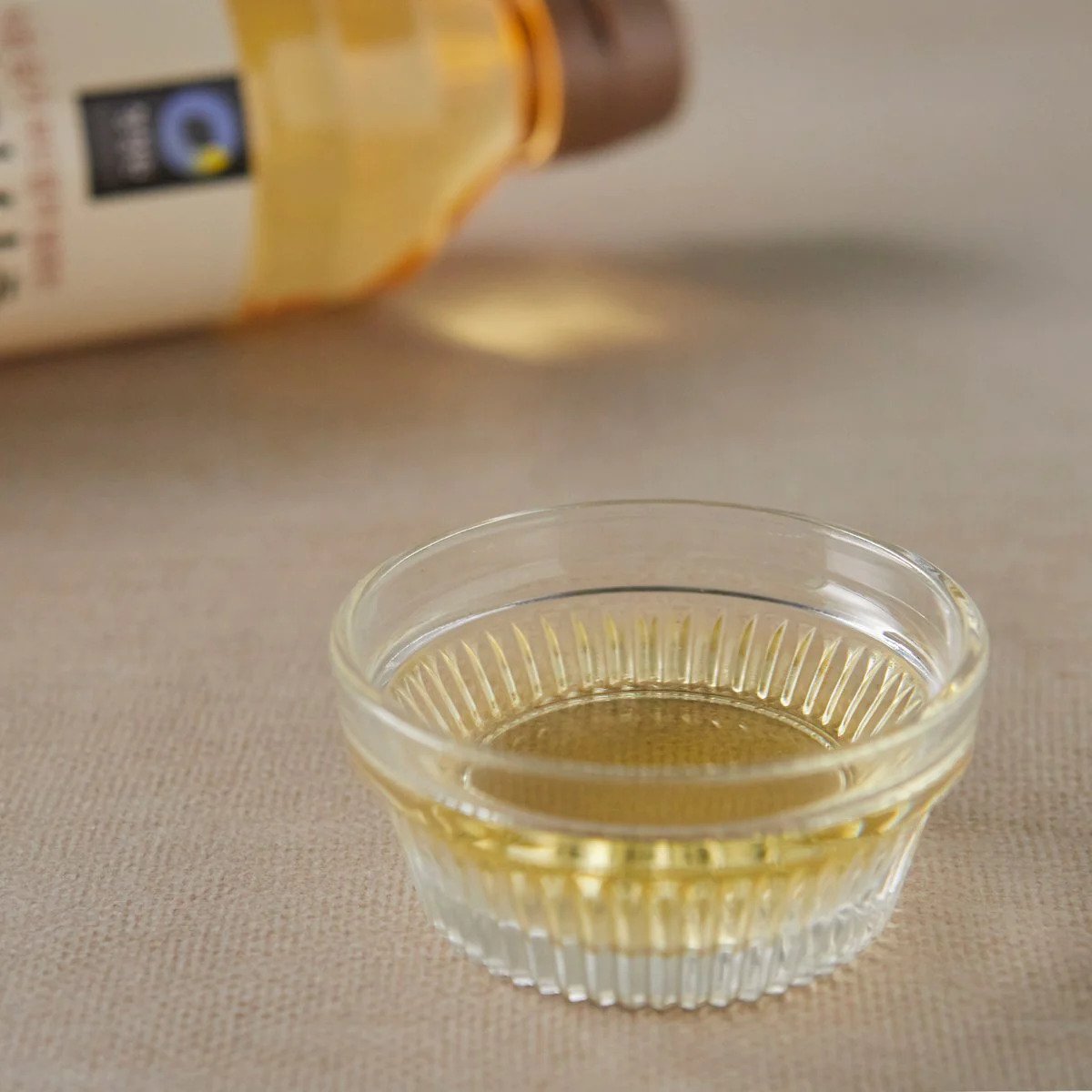
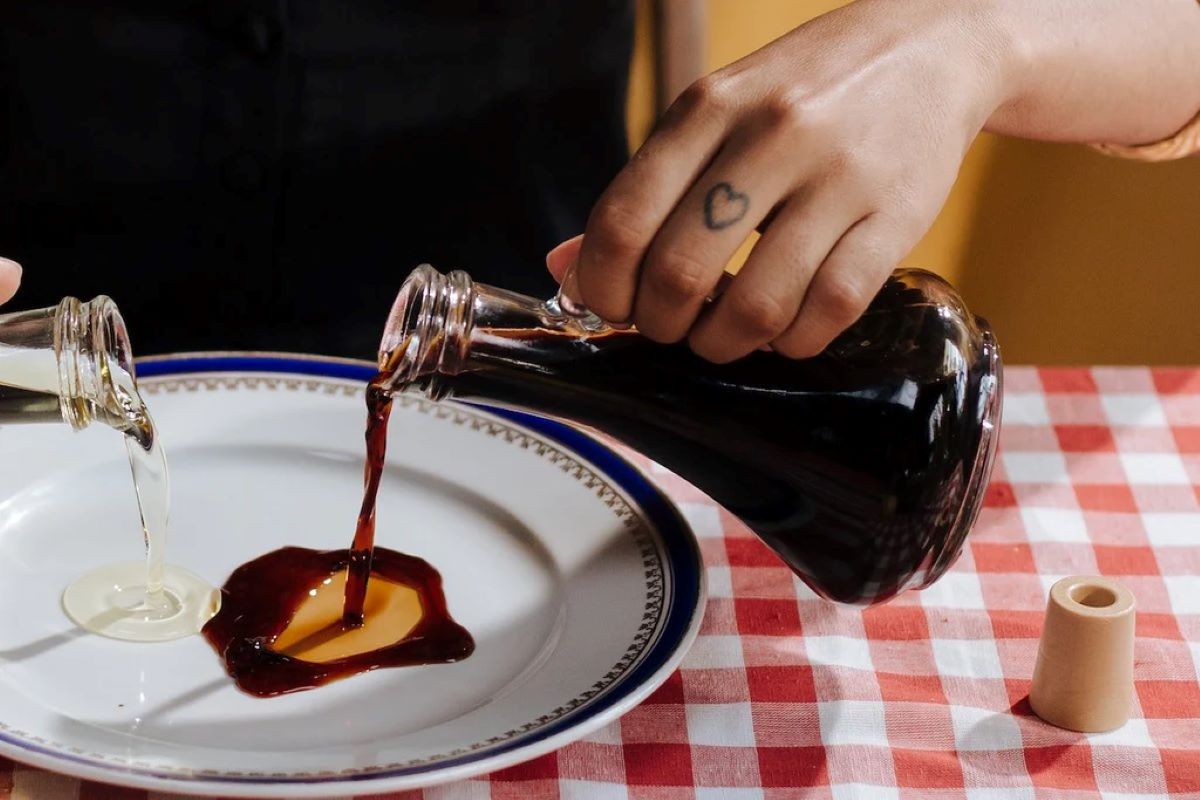
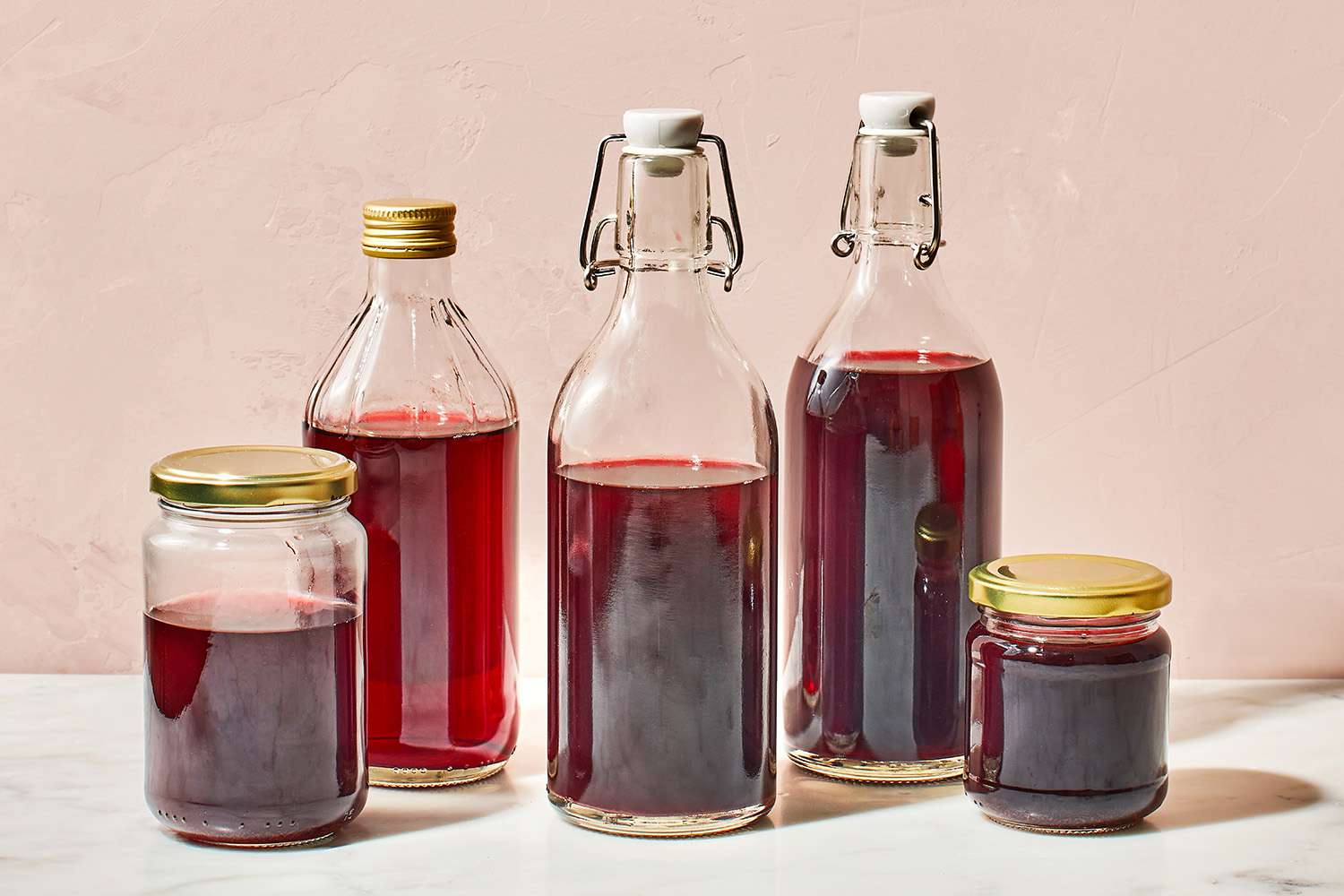
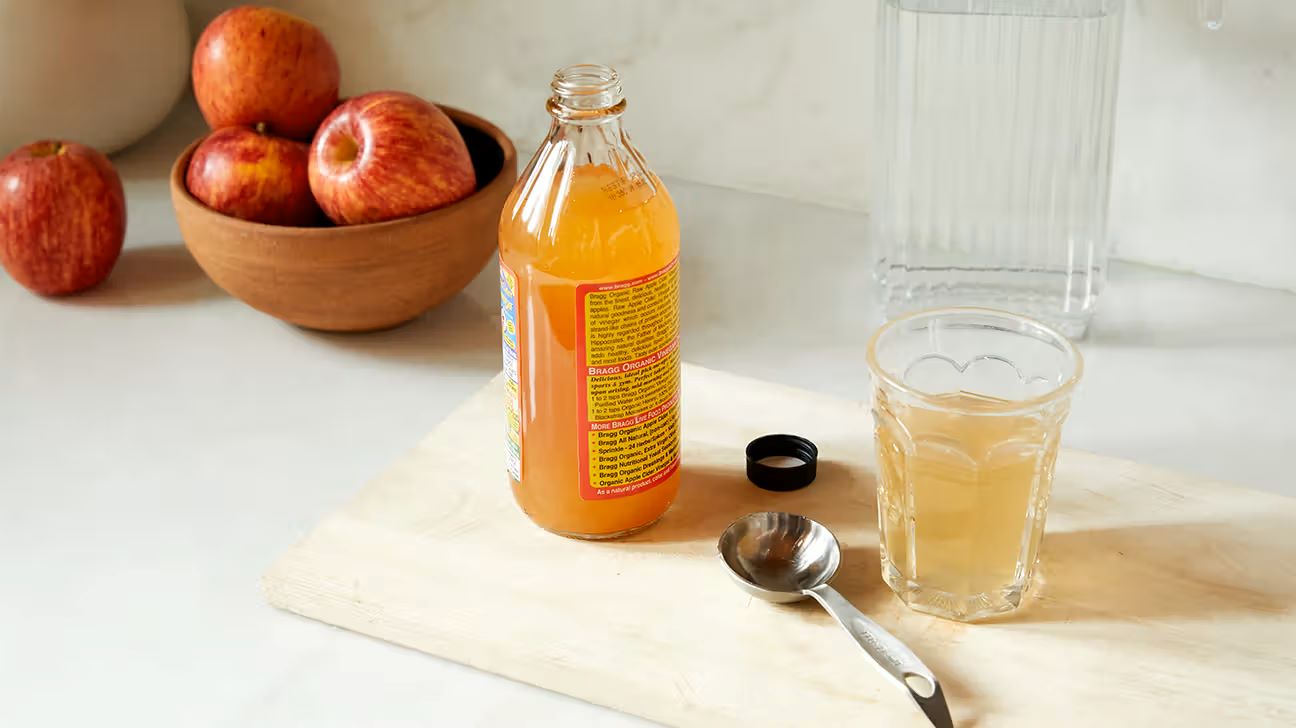

0 thoughts on “How To Store Vinegar Mother”